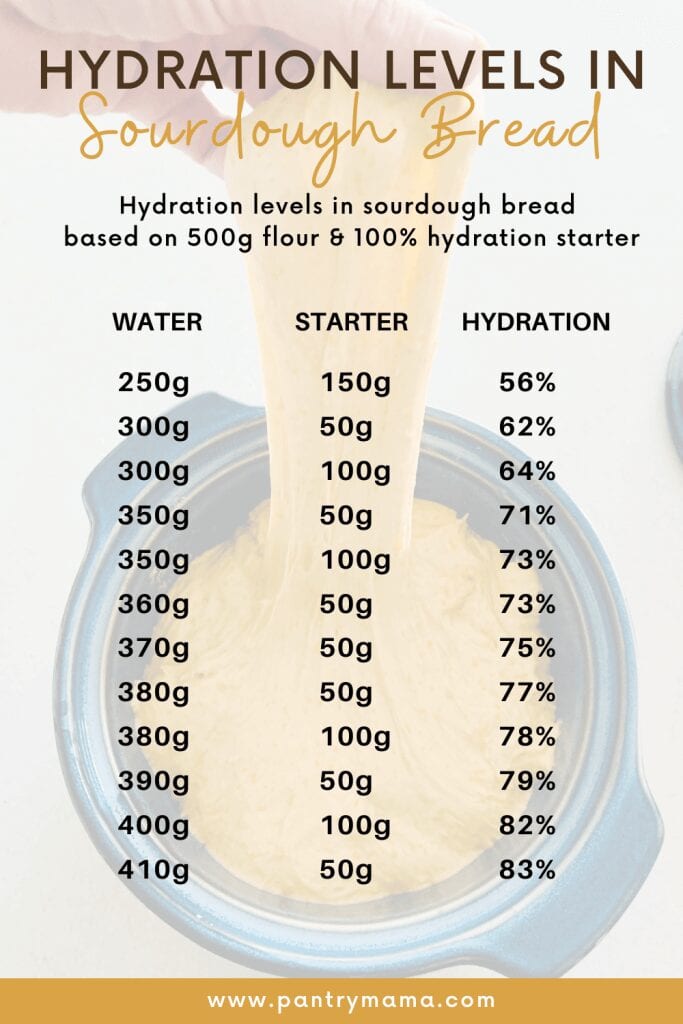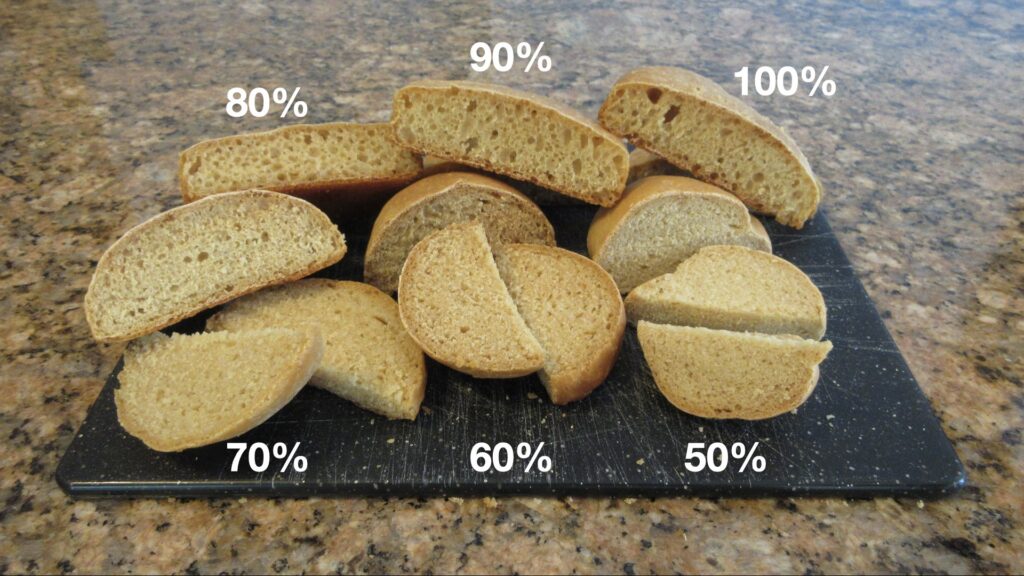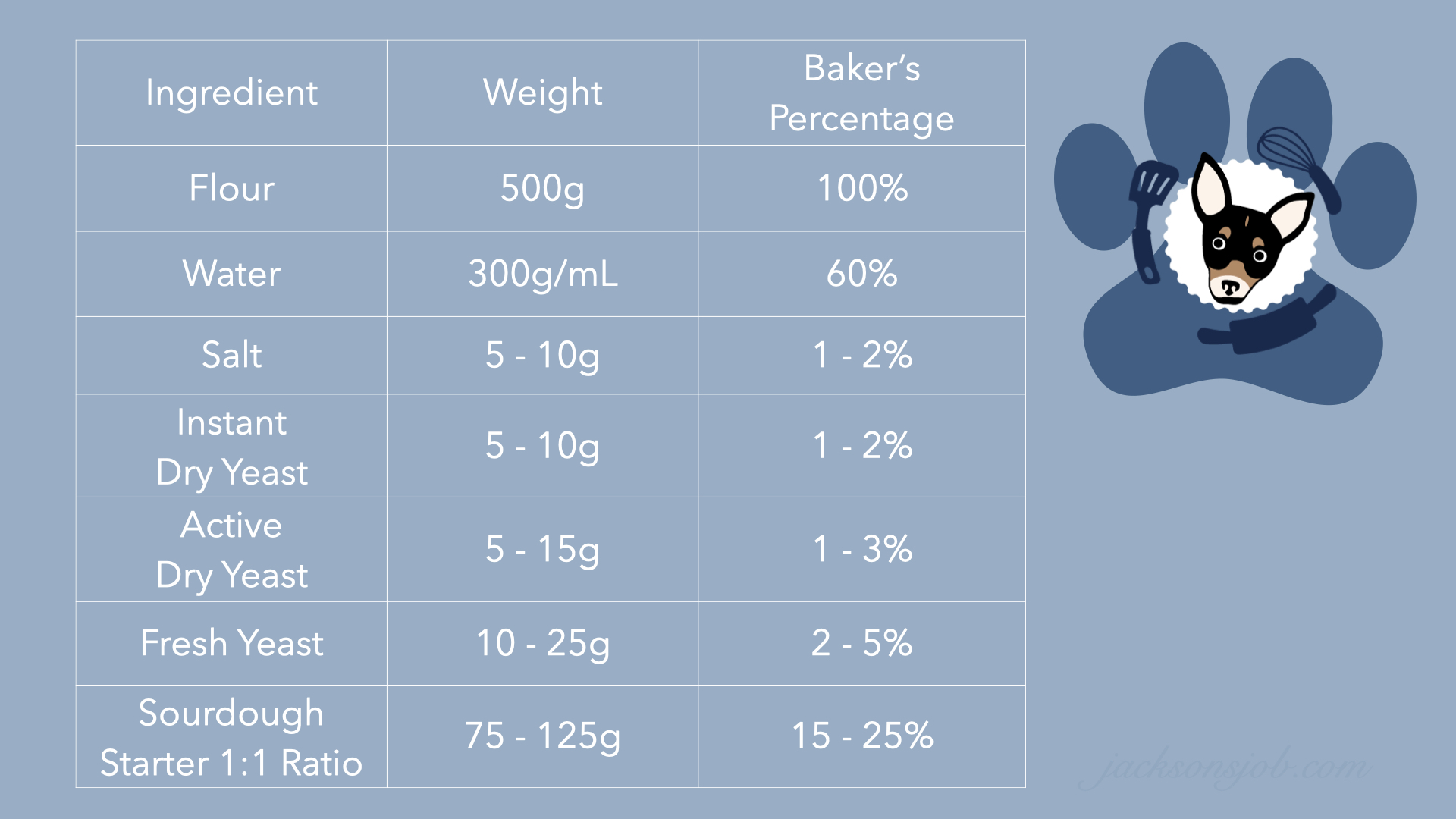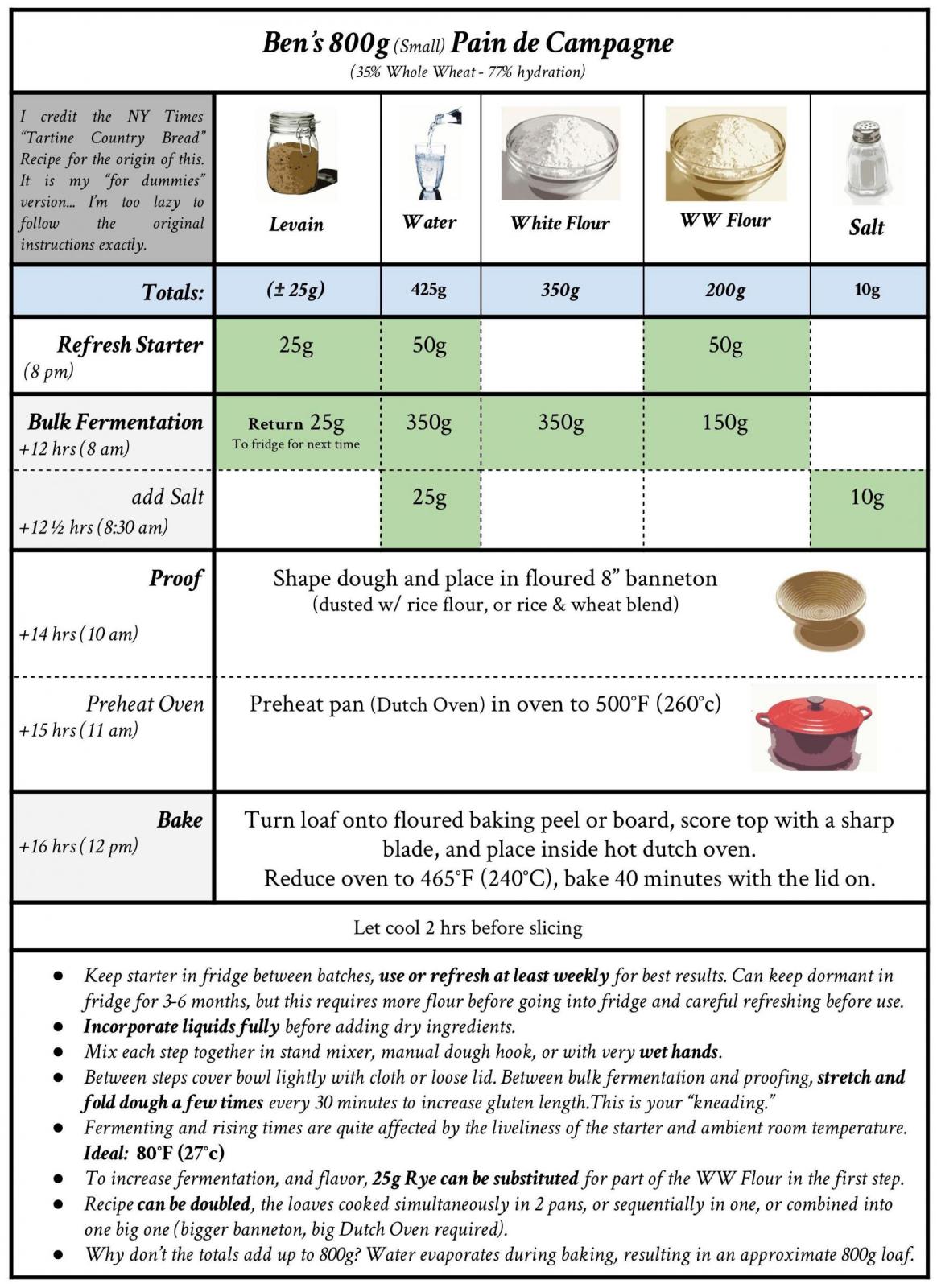The general rule of thumb is 15% starter and 2% salt so this will work it out for you. Web in this simple guide, we’ll walk you through the process step by step, empowering you to create the perfect dough consistency for your desired bread texture. Web in general, sourdough bread tends to have hydration levels from 65% to 100% depending on the type of flour used. Generally speaking, the more water in the dough, the more open the final bread's crumb. I used the king arthur’s unbleached bread flour to bake this bread.
It can also estimate the total hydration (water to. Its hydration is 79.5% (close enough to qualify). From that, it will tell you how much water you need to add, along with how much starter and how much salt. Web in general, sourdough bread tends to have hydration levels from 65% to 100% depending on the type of flour used. Web to use this bread dough hydration calculator, put in how much flour you have.
As expected, the dough is wet and sticky,. Proof the shaped dough,covered, for 45 mins. Take this ciabatta recipe as an example; Web this site explains hydration of bread dough quite well. Its hydration is 79.5% (close enough to qualify).
Bread hydration refers to the ratio of water to flour in a bread recipe, expressed as a percentage. Web free to use sourdough hydration calculator. Some are happy with less, some have a sweet spot in the middle, and others need to push the limits. Web bread hydration and conversion calculator. This form can be used to : Doughs are generally considered to have high hydration when the percentage of liquid to flour in a recipe is about 80% or higher. From that, it will tell you how much water you need to add, along with how much starter and how much salt. I used the king arthur’s unbleached bread flour to bake this bread. They quantify this as the percentage hydration of the dough. Artisan bakers can use 100% hydration and even higher. Take this ciabatta recipe as an example; Here’s a recipe that uses 70% hydration and i found that the dough can be handled and shaped, yet the crumb has lovely big holes. Generally speaking, the more water in the dough, the more open the final bread's crumb. Proof the shaped dough,covered, for 45 mins. This is the most straight forward calculation which will reward you with the water content of your recipe in relation to the amount of flour as a percentage.
For Determining Batch Sizes Based On The Amount Of Any Given Ingredient (How Many Baguettes Can I Make With Only 20 Grams Of Yeast?);
The simplest way to calculate the hydration of a dough is to divide the weight of water used in the recipe by the weight of flour and multiply the result by 100. 20 ounces (about 3 2/3 cups) bread flour. Bread can also be classified according to three categories based on hydration: Web welcome to the bread hydration calculator, where you can easily determine the hydration percentage of your bread dough!
How Does Hydration Affect My Bread?
(water (g) / flour (g)) x 100 = hydration percentage. Scale a formula to give a final dough weight. Web typical bread recipes have hydration levels ranging from 60% for firmer bread to up to 80% or higher for artisanal, crusty loaves. Doughs are generally considered to have high hydration when the percentage of liquid to flour in a recipe is about 80% or higher.
Bread Hydration Refers To The Ratio Of Water To Flour In A Bread Recipe, Expressed As A Percentage.
Use baker's math to calculate how much water and flour to your starter to achieve a desired hydration. Web great bread is made when hydration matches the needs of a loaf or dough type. Web in breadmaking, hydration refers to the total quantity of moisture in a bread dough. Generally speaking, the more water in the dough, the more open the final bread's crumb.
Understanding These Ratios Can Guide Bakers In Recipe Development.
Calculate the final hydration of a dough including starter. Web basic hydration calculation. Web in this simple guide, we’ll walk you through the process step by step, empowering you to create the perfect dough consistency for your desired bread texture. They quantify this as the percentage hydration of the dough.



